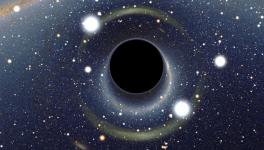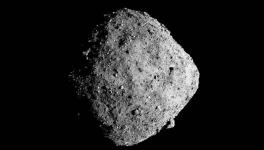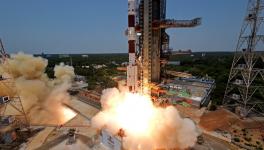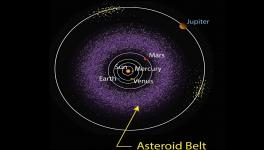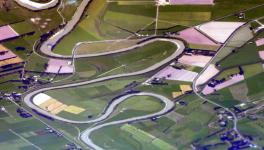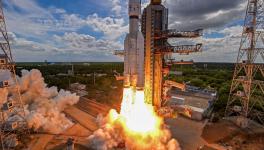What Is Bose-Einstein Condensate and How It Is Created in Space
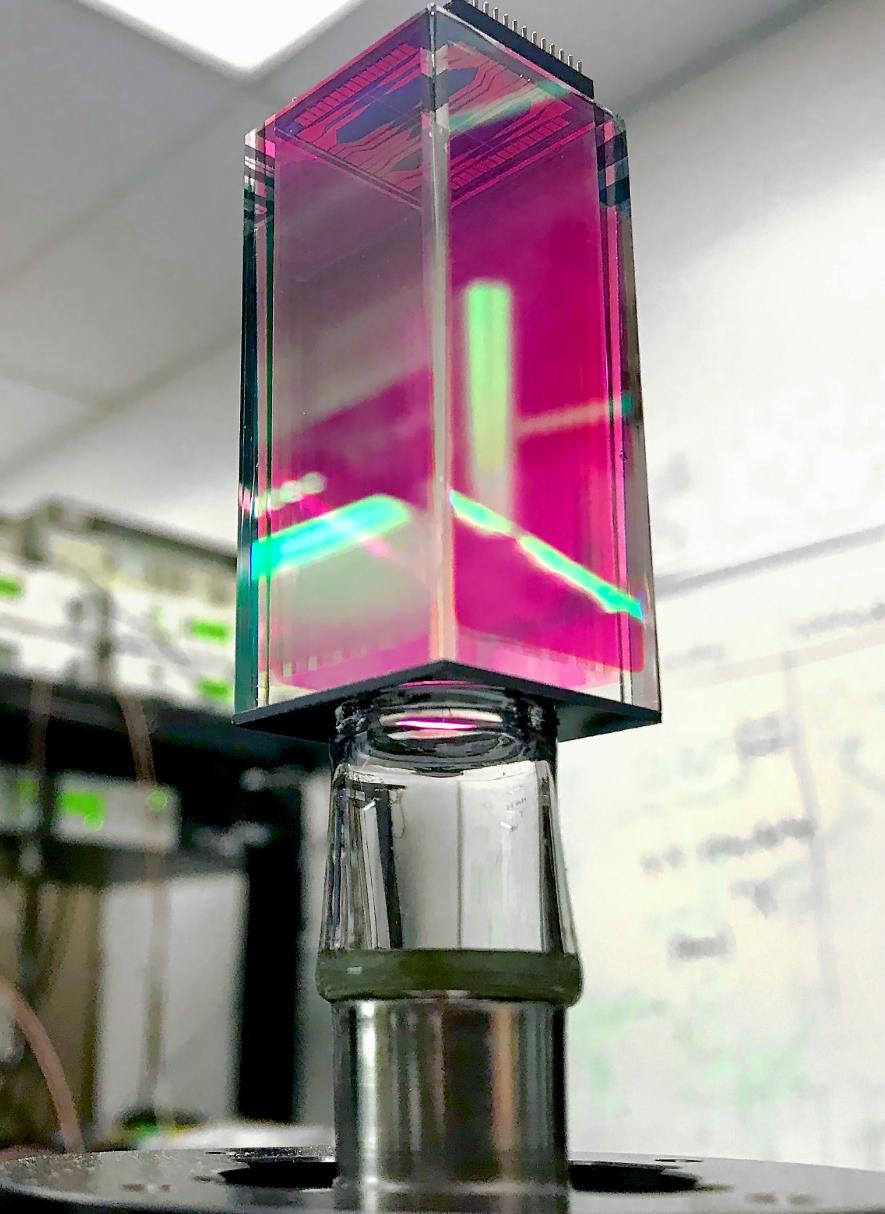
Image Courtesy: MIT Technology Review. Image is for representational use only. The image depicts Cold Atom Lab’s Science Cell. Atoms that are near to the ceiling are super-cooled to form the Bose-Einstein Condensates.
Just a few days back, in an exciting news to the scientific community, the world learned about the fifth state of matter, also known as the Bose-Einstein Condensate (BEC). This came into being when physicists in NASA’s Cold Atom Lab, which started its operation in June 2018, created this at the International Space Station (ISS). The creation of the BEC was published in Nature on June 11.
The element taken for the creation of BEC was rubidium. So, it can be called rubidium Bose –Einstein Condensate.
The theory behind the creation of the BEC says that when atoms of some elements are cooled upto a level of near absolute zero, that is -273 degree Celsius, the atoms form the BEC, also called the fifth state of matter. The gaseous element has to be of extremely low density, nearly 1/100000th of the density of air. Based on this theory, scientists at the International Space Station could successfully create the BEC.
The fifth state of matter was predicted by Albert Einstein and Satyendra Nath Bose almost a century back. S N Bose worked on light quanta and sent his paper to Einstein. In the paper, Bose could derive Planck's quantum radiation law without classical physics. Einstein was quite impressed with the work and translated Bose's paper from English to German, he then got it published in 1924. Einstein extended S N Bose’s ideas to his other work with matter. This laid the foundation of the field called Bose-Einstein statistics.
The extremely low temperature and extremely low density get gaseous clouds of atoms to stop behaving like individual atoms. At this stage, the atoms start behaving as a collective whole.
The microscopic world is dominated by quantum phenomena. When the conditions are conducive for the creation of BEC, and when the atoms of the gas behave like a collective whole, the wave-like nature of the particles dominate. It’s well known that in the quantum concept, particles have both wave and particle-like characters.
When the wave-like nature dominates and the atoms behave as a single macroscopic whole it also behaves like a macroscopic quantum object. With this kind of collective singularity, physicists would be able to study exotic behavior in more detail.
Experimenting at the International Space Station also provides some advantages. When on Earth, its gravity limits such an experiment. It quickly disperses the atoms unless they are counterbalanced by means of a very strong magnetic field. But, in a condition of microgravity, the condition when objects become weightless as in the Space, the BEC would last long and thus provide more time for precise studies.
The researchers in the project used Cold Atom Lab’s technology of precise lasers and high vacuum to produce the condensates that were alive beyond a second and at 200 trillionths of a degree above absolute zero. This is one of the most successfully conducted experiments in the quantum research world.
Get the latest reports & analysis with people's perspective on Protests, movements & deep analytical videos, discussions of the current affairs in your Telegram app. Subscribe to NewsClick's Telegram channel & get Real-Time updates on stories, as they get published on our website.










